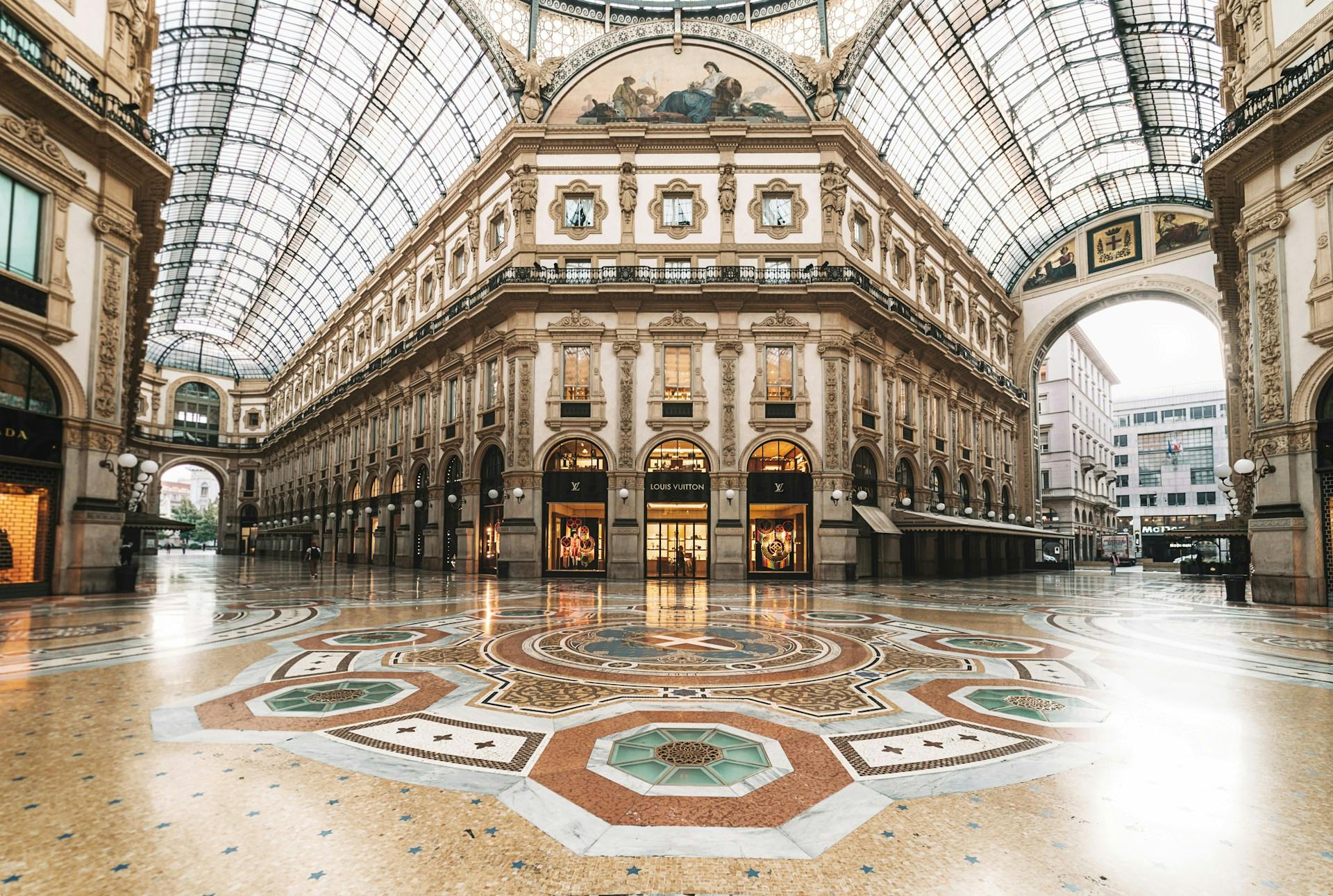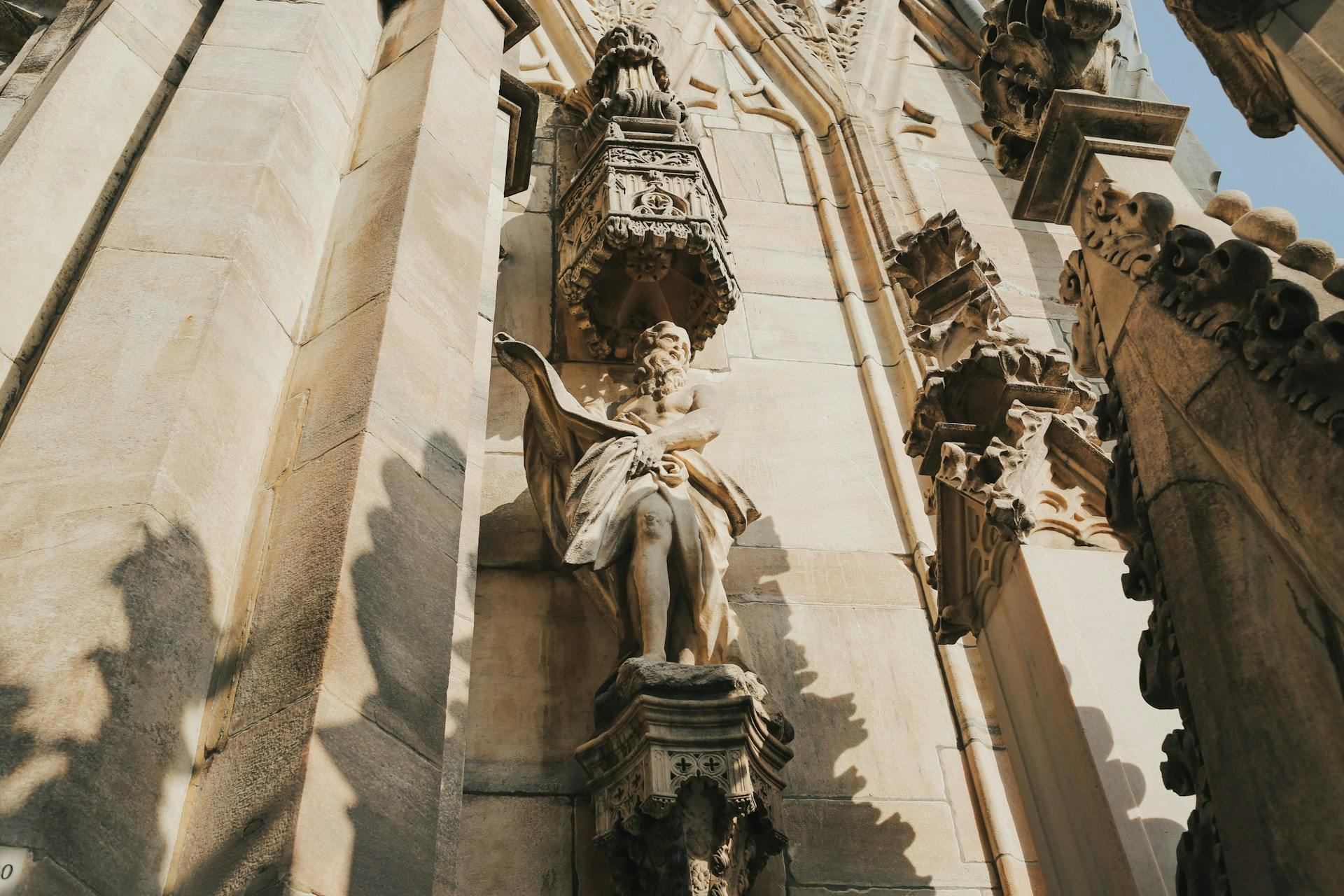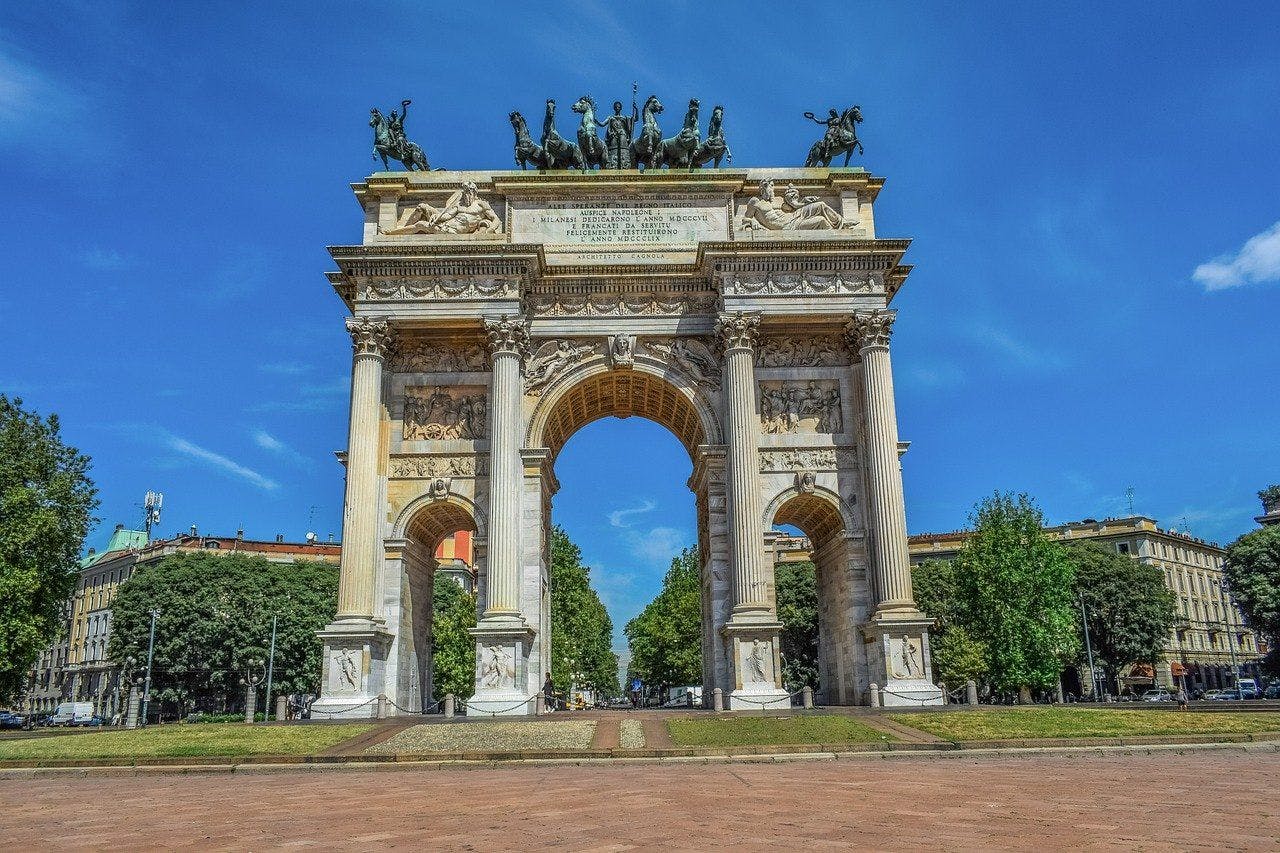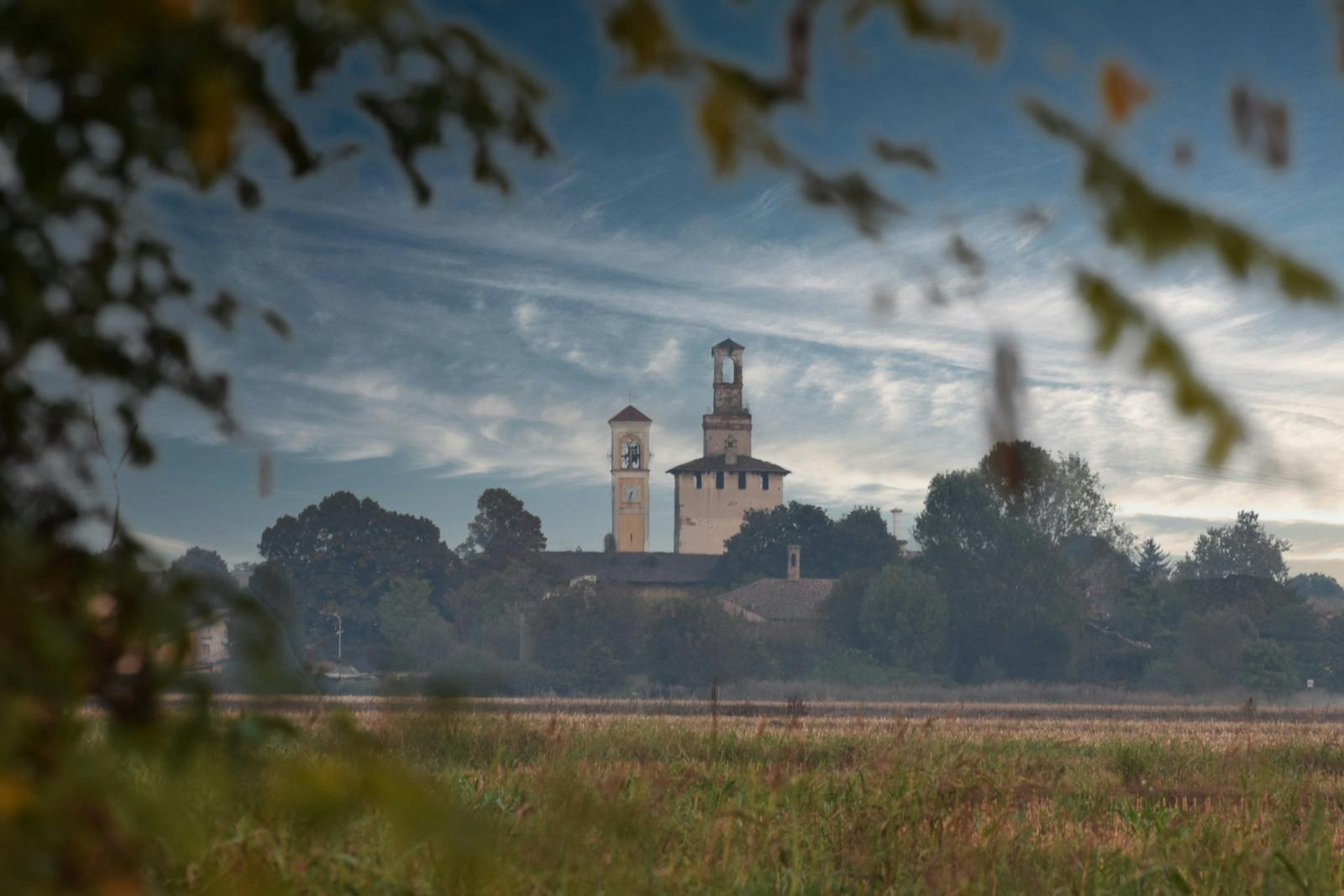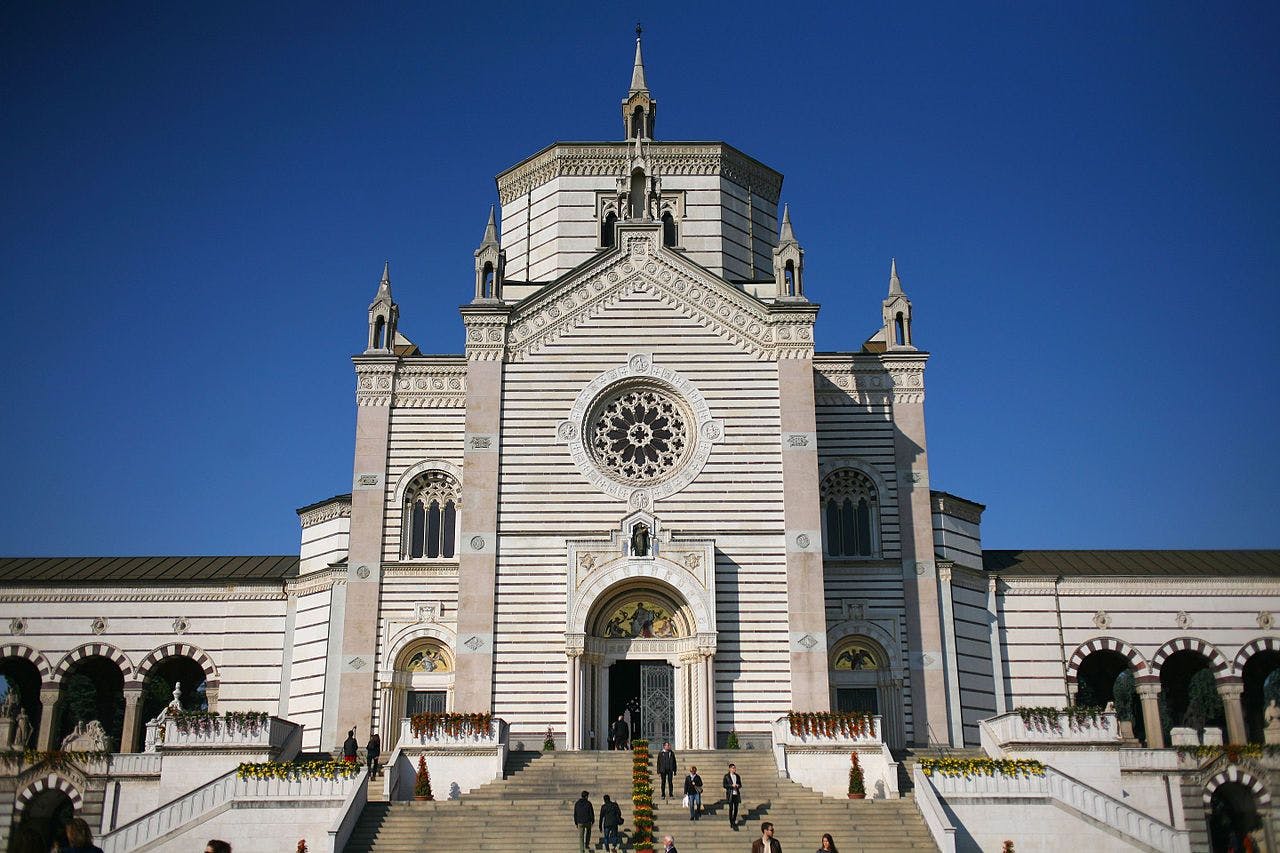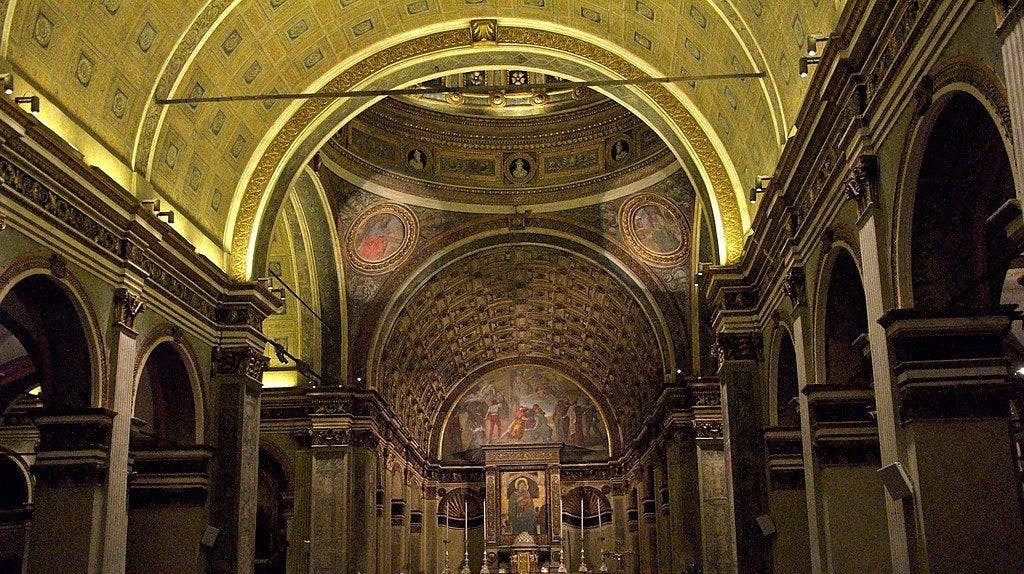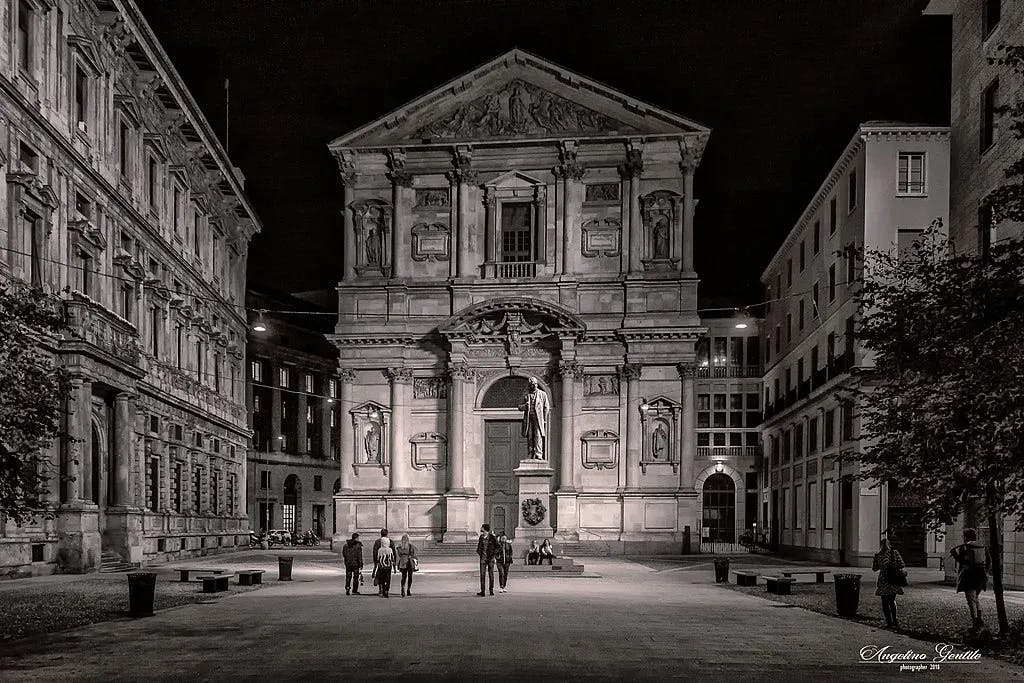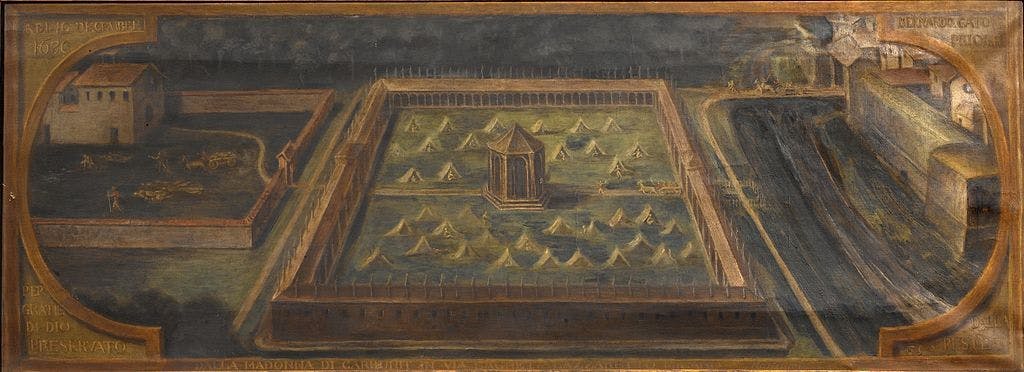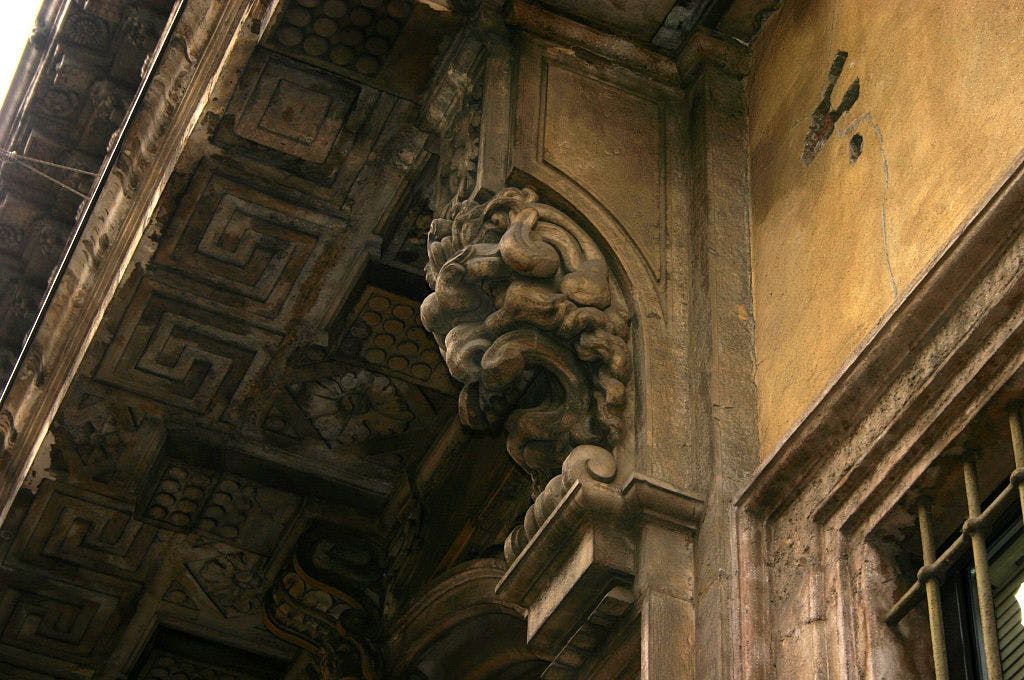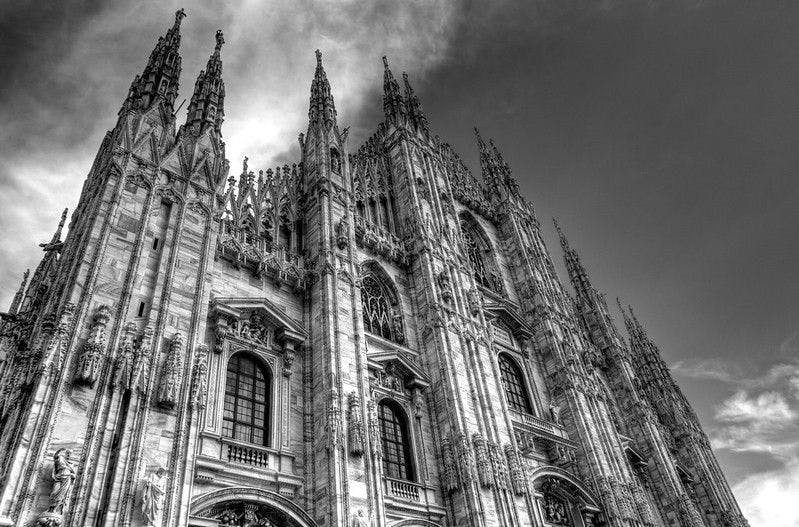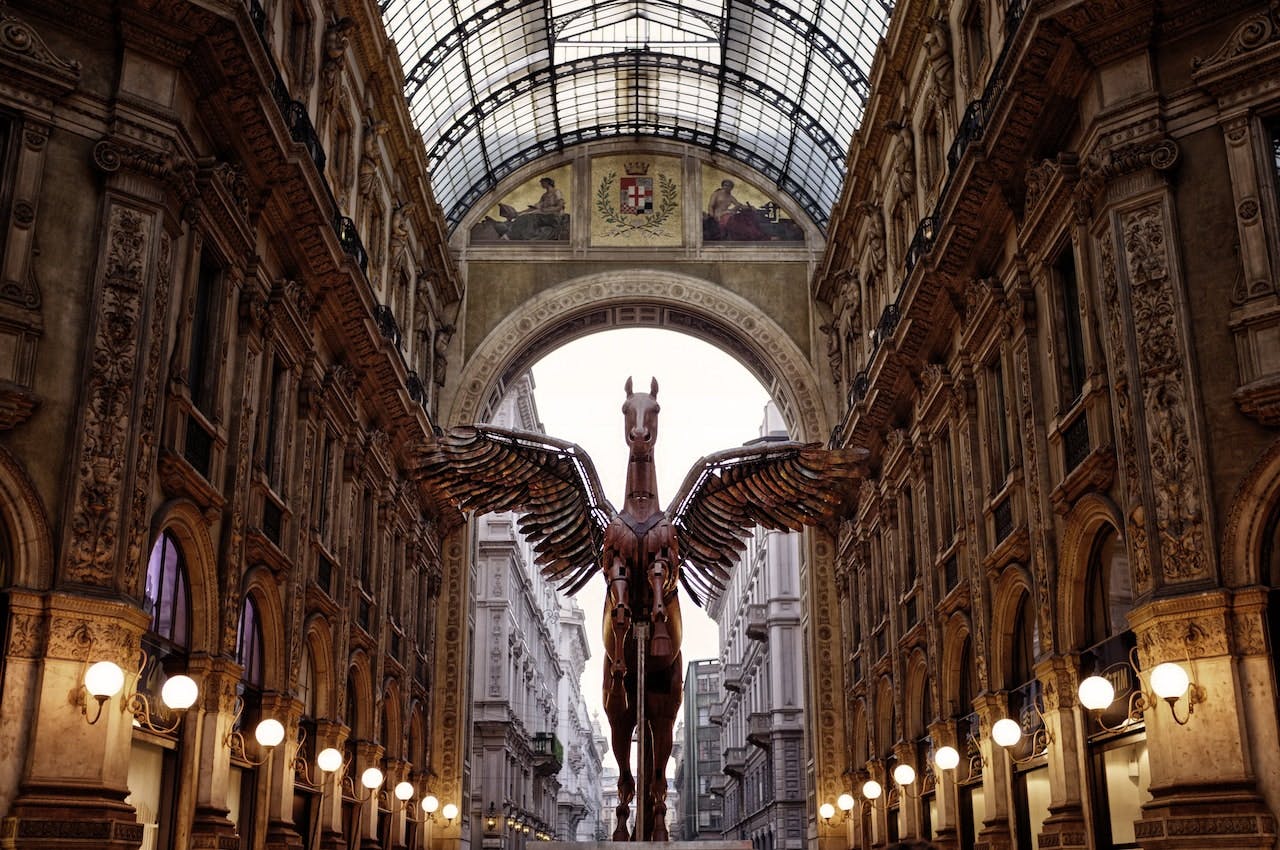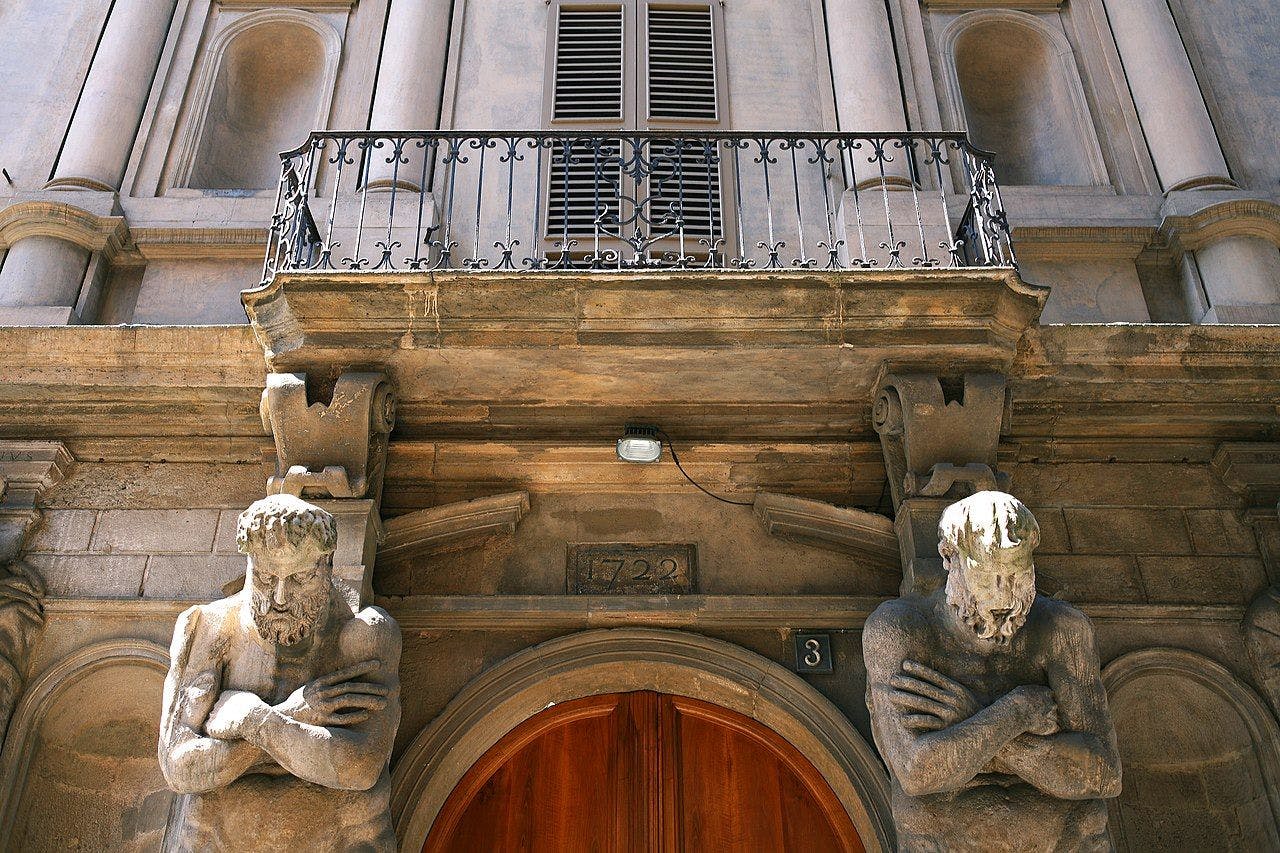It was 20 March 1905, and while Milan was expanding and embellishing even its suburbs, during excavations for the construction of a house in Lambrate neighbourhood, precisely in Via Conte Rosso 36, Roman artefacts of great historical significance were discovered.
The sarcophagus of Lambrate
By
Lambrate, now a district of Milan, was a municipality in its own right. On 20 March 1905, during construction excavations at Via Conte Rosso 36, a bronze coin from the Augustan period (63 BCE – 14 CE) and a famous sarcophagus dating from around 300 CE were discovered.
As evidence of this discovery, a plaque commemorating the event is visible on the house’s façade at Via Conte Rosso 36.
Studies and analyses of the sarcophagus reveal it as a Roman Christian grave from the 4th century CE. Due to the bas-reliefs visible on the stone, this tomb seems to have belonged to a leather or cloth craftsman. The symbols depict a male figure in front of a counter in the act of working.
In Roman times, it was common for the wealthy classes to bury their loved ones at home or in the surrounding area, potentially making the neighbourhood of Lambrate an ancient settlement in the countryside outside the walls of Mediolanum.
This very well-preserved sarcophagus can be admired in the entrance hall of the Sforza Castle Museum in Milan.
